

When considering such economic indicators as unemployment and GDP growth, the United States appears to be in a period of near unprecedented prosperity. Yet these figures do not tell the whole story because much of the wealth that has been generated has ended up in the hands of the ultra wealthy members of U.S. society — the one-percenters — those who are wealthier than 99% of Americans.
Tax units — which are either individuals or couples filing jointly — earning $421,347 or more rank among the top 1% of incomes in the United States. But as incomes vary from state to state, so do the thresholds for a one-percenter designation.
For instance, a tax unit earning $260,000 in West Virginia would be in the very upper echelon of that state’s income bracket. Yet a tax unit would need twice the income to rank among the top 1% of earners in wealthier states like California or New York. These states tend to have clusters of wealthy residents who live in some of the richest cities in America.
24/7 Wall St. reviewed Internal Revenue Service’s Statistics of Income program data to identify the minimum income threshold of the top 1% of earners in each state.
The states with much higher thresholds for the top 1% of earners tend to either have major economic hubs or multiple resort towns. 24/7 Wall St. spoke with Mark Price, a labor economist with the Economic Policy Institute, a non-profit think tank. Price explained how jobs in the higher-paying finance and insurance sectors, for example, tend to cluster in large metropolitan areas with large labor pools.”Those places that the high-income earners are more likely to work at are concentrated in a place like New York,” Price said. The same is true of high-paying tech industry jobs.
The average income among the one-percenters also varies. In states like Wyoming, for example, the average top 1% income is $1.6 million per year, compared to $1.3 million nationwide. The reason could be the numerous resort towns in the state, like Jackson, where the rich may choose to reside. “If you were worth a few billion, where would you live? Jackson doesn’t sound like a bad place,” Price said.
The EPI found that from 2009 to 2015, the average income of the top 1% grew by 33.9%, more than triple the 10.3% income growth among the remaining 99%. This heightened level of income inequality has made the United States one of the countries with the widest gaps between the rich and poor.
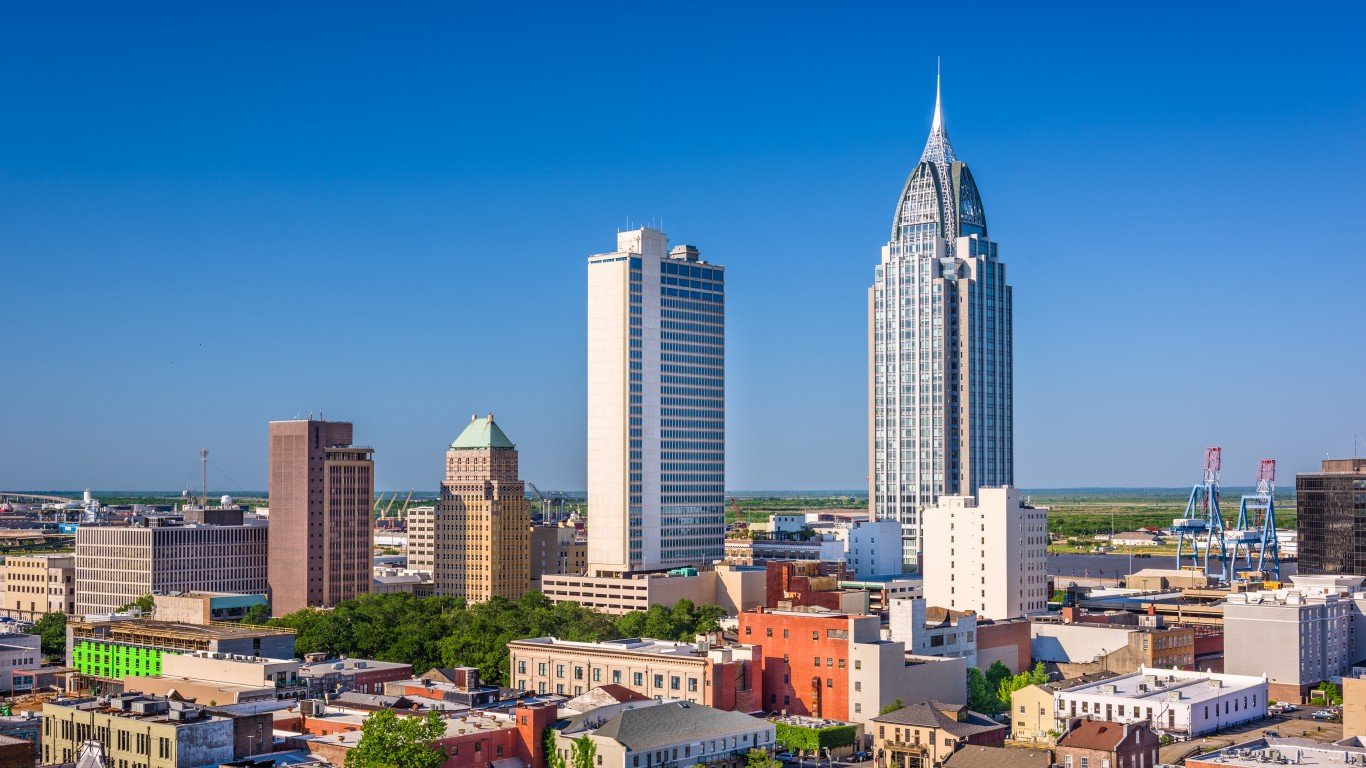
Alabama
> Top 1% earn at least: $313,170 (9th lowest)
> Avg. income of top 1%: $802,225 (11th lowest)
> Median income: $25,703
> Adult bachelor’s degree attainment: 15.4%

Alaska
> Top 1% earn at least: $357,908 (24th highest)
> Avg. income of top 1%: $800,026 (8th lowest)
> Median income: $28,520
> Adult bachelor’s degree attainment: 18.6%

Arizona
> Top 1% earn at least: $353,305 (23rd lowest)
> Avg. income of top 1%: $925,678 (21st lowest)
> Median income: $26,896
> Adult bachelor’s degree attainment: 17.8%

Arkansas
> Top 1% earn at least: $268,412 (4th lowest)
> Avg. income of top 1%: $992,874 (21st highest)
> Median income: $25,493
> Adult bachelor’s degree attainment: 14.1%
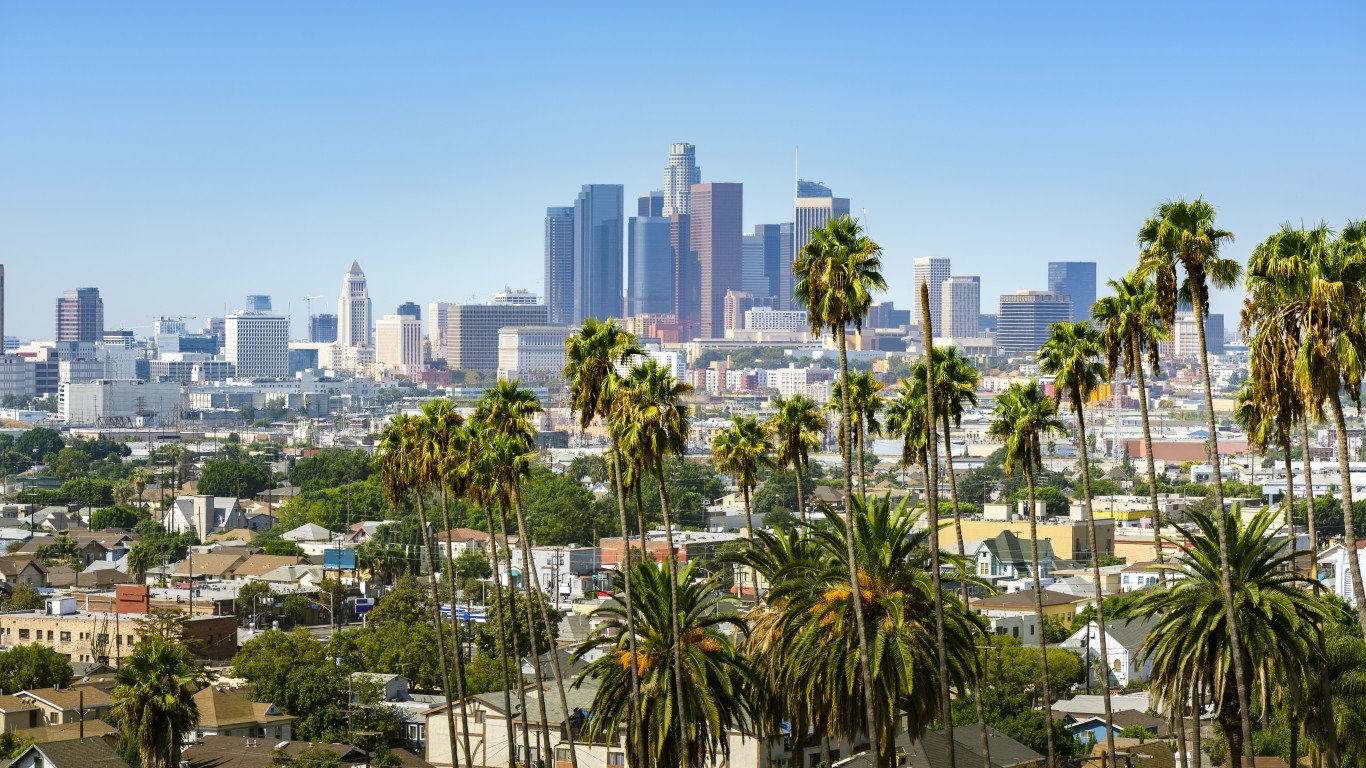
California
> Top 1% earn at least: $526,427 (5th highest)
> Avg. income of top 1%: $1,690,208 (4th highest)
> Median income: $27,861
> Adult bachelor’s degree attainment: 20.4%

Colorado
> Top 1% earn at least: $439,756 (8th highest)
> Avg. income of top 1%: $1,228,432 (11th highest)
> Median income: $28,650
> Adult bachelor’s degree attainment: 24.8%
[in-text-ad]
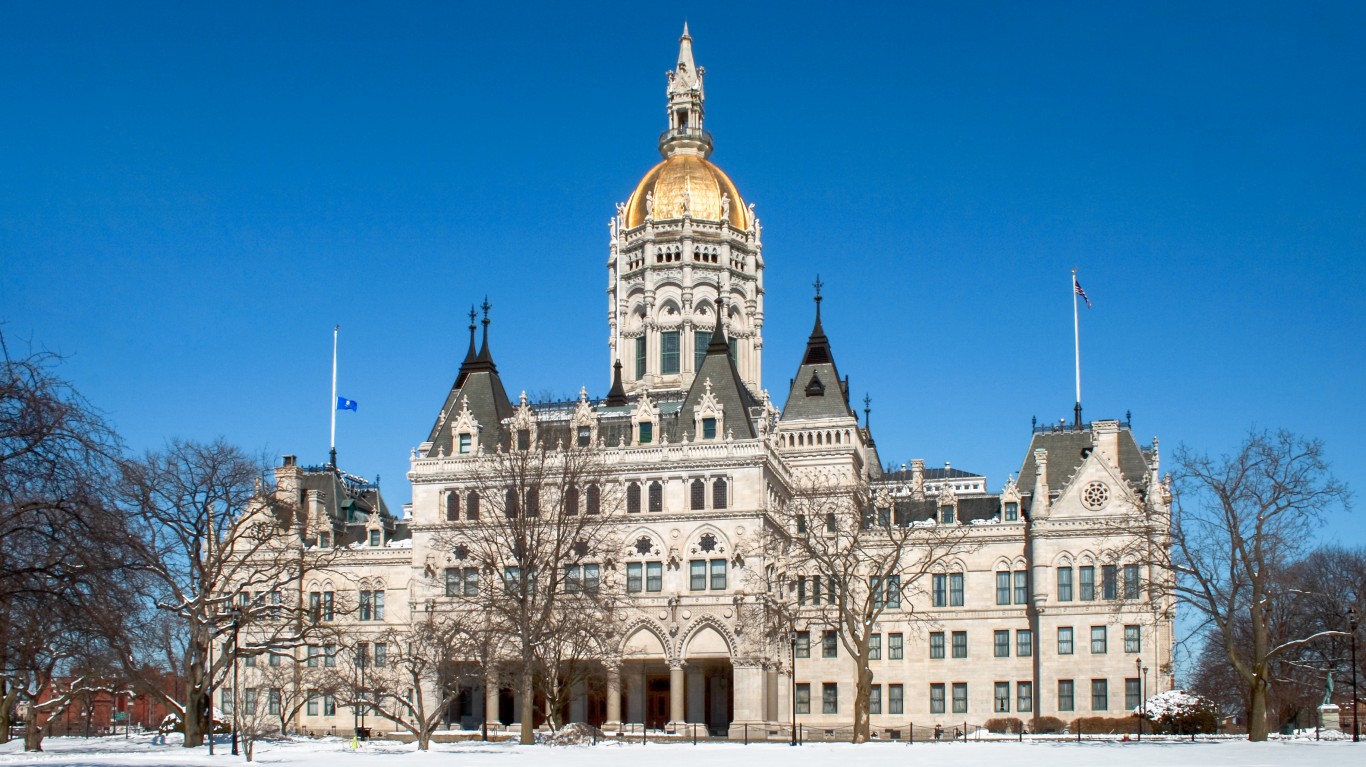
Connecticut
> Top 1% earn at least: $663,009 (the highest)
> Avg. income of top 1%: $2,178,625 (the highest)
> Median income: $43,490
> Adult bachelor’s degree attainment: 21.5%

Delaware
> Top 1% earn at least: $353,663 (24th lowest)
> Avg. income of top 1%: $824,115 (14th lowest)
> Median income: $27,784
> Adult bachelor’s degree attainment: 18.0%
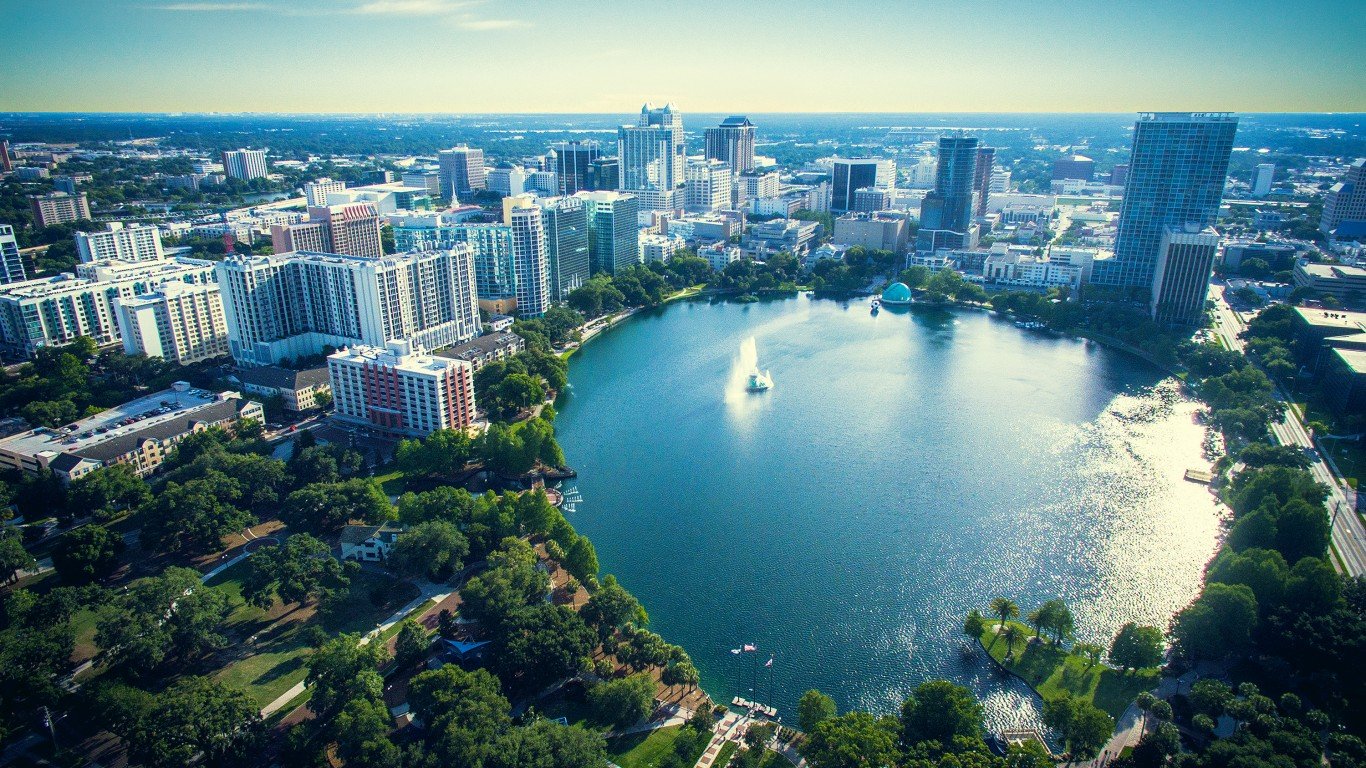
Florida
> Top 1% earn at least: $396,548 (13th highest)
> Avg. income of top 1%: $1,351,722 (9th highest)
> Median income: $25,533
> Adult bachelor’s degree attainment: 18.2%
[in-text-ad-2]

Georgia
> Top 1% earn at least: $382,393 (16th highest)
> Avg. income of top 1%: $982,757 (22nd highest)
> Median income: $25,852
> Adult bachelor’s degree attainment: 18.6%

Hawaii
> Top 1% earn at least: $313,419 (10th lowest)
> Avg. income of top 1%: $801,742 (9th lowest)
> Median income: $28,238
> Adult bachelor’s degree attainment: 21.2%
[in-text-ad]

Idaho
> Top 1% earn at least: $308,265 (7th lowest)
> Avg. income of top 1%: $866,847 (17th lowest)
> Median income: $26,783
> Adult bachelor’s degree attainment: 18.2%

Illinois
> Top 1% earn at least: $447,860 (7th highest)
> Avg. income of top 1%: $1,304,046 (10th highest)
> Median income: $27,526
> Adult bachelor’s degree attainment: 20.5%

Indiana
> Top 1% earn at least: $308,323 (8th lowest)
> Avg. income of top 1%: $814,884 (12th lowest)
> Median income: $26,524
> Adult bachelor’s degree attainment: 16.1%
[in-text-ad-2]

Iowa
> Top 1% earn at least: $320,582 (13th lowest)
> Avg. income of top 1%: $756,424 (6th lowest)
> Median income: $28,140
> Adult bachelor’s degree attainment: 18.7%
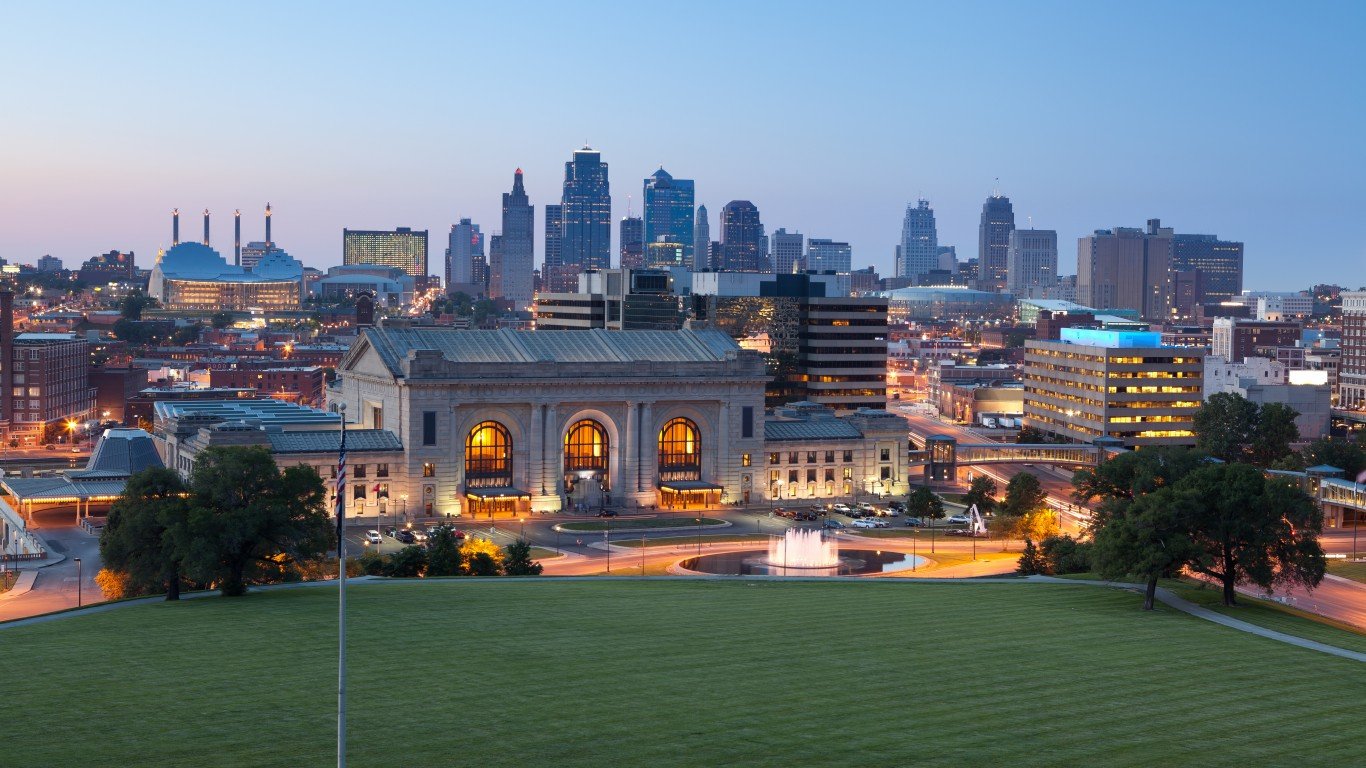
Kansas
> Top 1% earn at least: $360,218 (22nd highest)
> Avg. income of top 1%: $952,615 (24th highest)
> Median income: $27,313
> Adult bachelor’s degree attainment: 20.6%
[in-text-ad]

Kentucky
> Top 1% earn at least: $288,860 (5th lowest)
> Avg. income of top 1%: $752,547 (5th lowest)
> Median income: $26,125
> Adult bachelor’s degree attainment: 13.6%

Louisiana
> Top 1% earn at least: $354,778 (25th lowest)
> Avg. income of top 1%: $898,976 (19th lowest)
> Median income: $25,522
> Adult bachelor’s degree attainment: 15.3%

Maine
> Top 1% earn at least: $302,124 (6th lowest)
> Avg. income of top 1%: $727,410 (4th lowest)
> Median income: $26,997
> Adult bachelor’s degree attainment: 19.3%
[in-text-ad-2]

Maryland
> Top 1% earn at least: $432,960 (9th highest)
> Avg. income of top 1%: $1,104,925 (15th highest)
> Median income: $43,823
> Adult bachelor’s degree attainment: 21.0%

Massachusetts
> Top 1% earn at least: $584,022 (2nd highest)
> Avg. income of top 1%: $1,812,907 (3rd highest)
> Median income: $43,631
> Adult bachelor’s degree attainment: 23.4%
[in-text-ad]
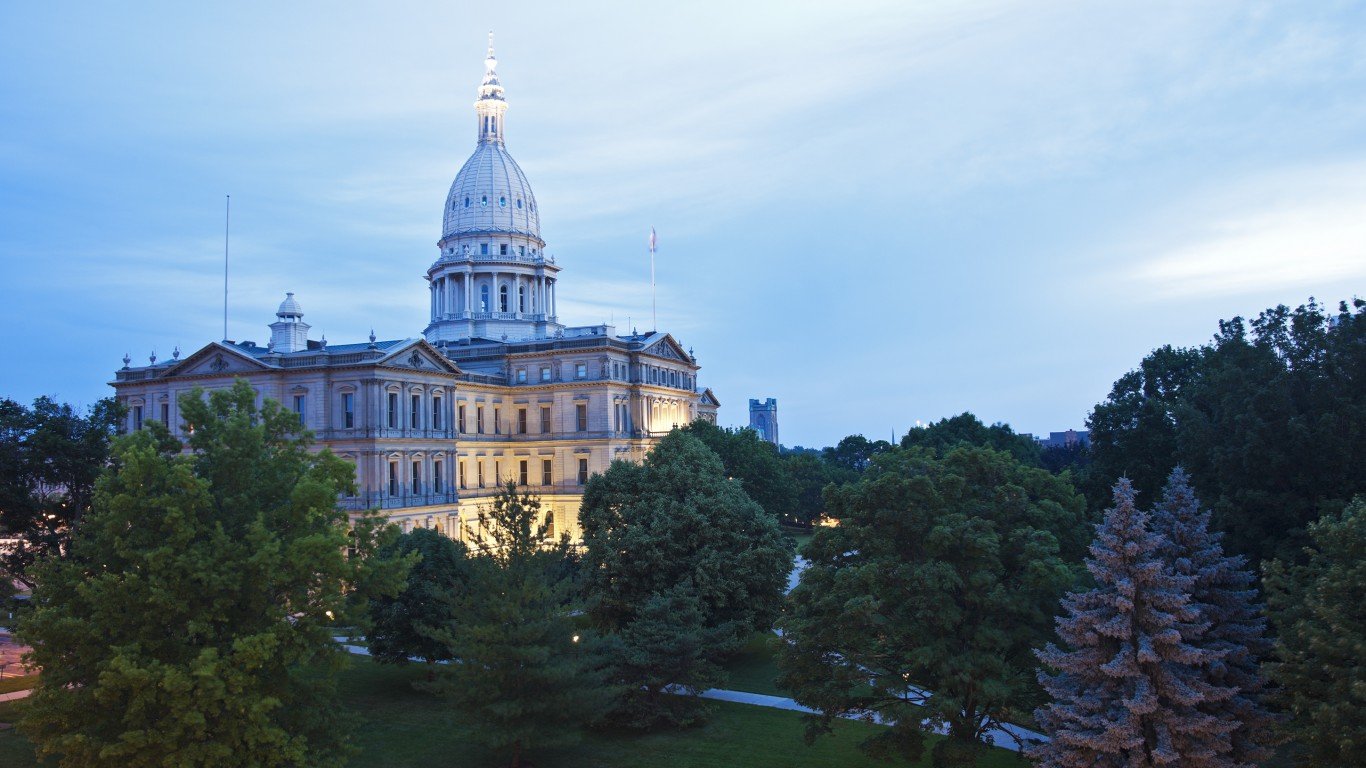
Michigan
> Top 1% earn at least: $335,576 (18th lowest)
> Avg. income of top 1%: $979,666 (23rd highest)
> Median income: $26,165
> Adult bachelor’s degree attainment: 17.1%

Minnesota
> Top 1% earn at least: $413,794 (11th highest)
> Avg. income of top 1%: $1,118,885 (14th highest)
> Median income: $28,712
> Adult bachelor’s degree attainment: 23.0%
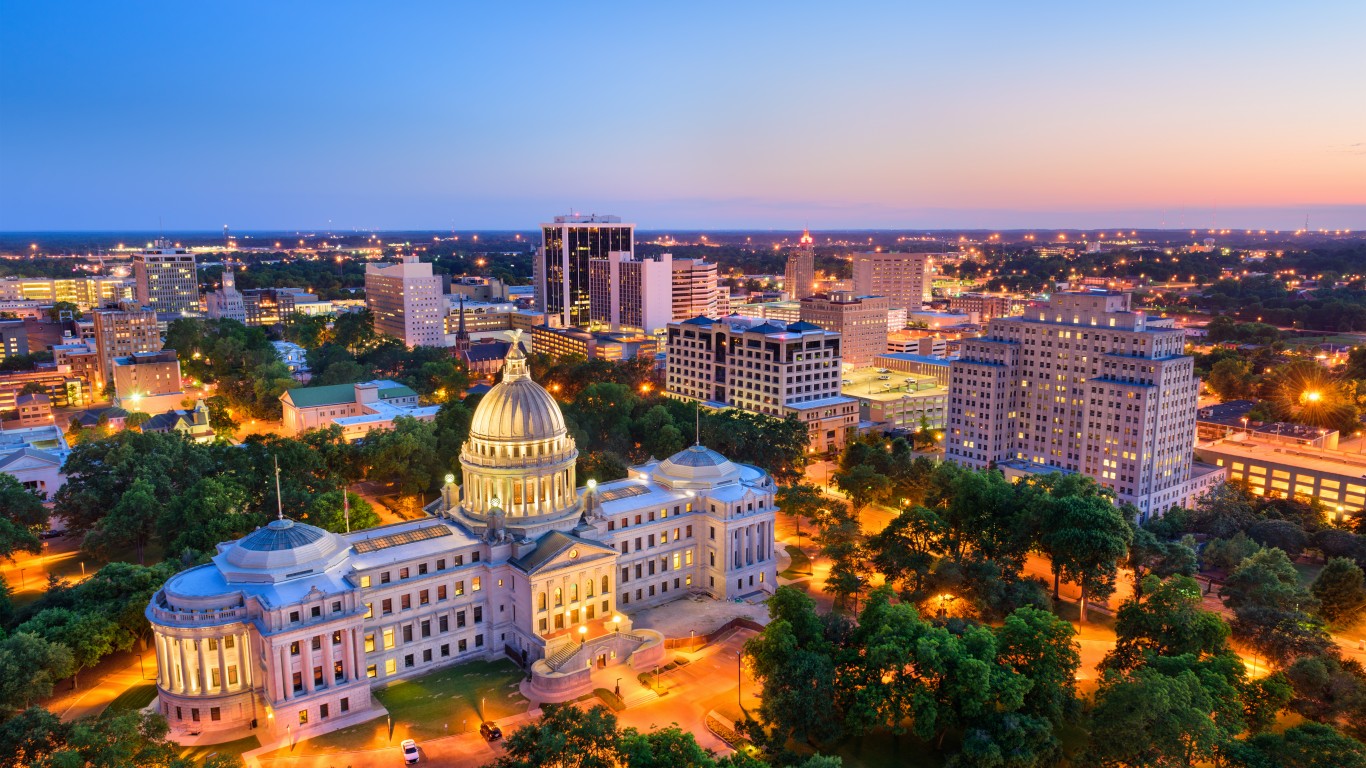
Mississippi
> Top 1% earn at least: $265,138 (3rd lowest)
> Avg. income of top 1%: $648,830 (3rd lowest)
> Median income: $24,580
> Adult bachelor’s degree attainment: 13.3%
[in-text-ad-2]

Missouri
> Top 1% earn at least: $328,307 (15th lowest)
> Avg. income of top 1%: $943,017 (25th lowest)
> Median income: $26,522
> Adult bachelor’s degree attainment: 17.5%
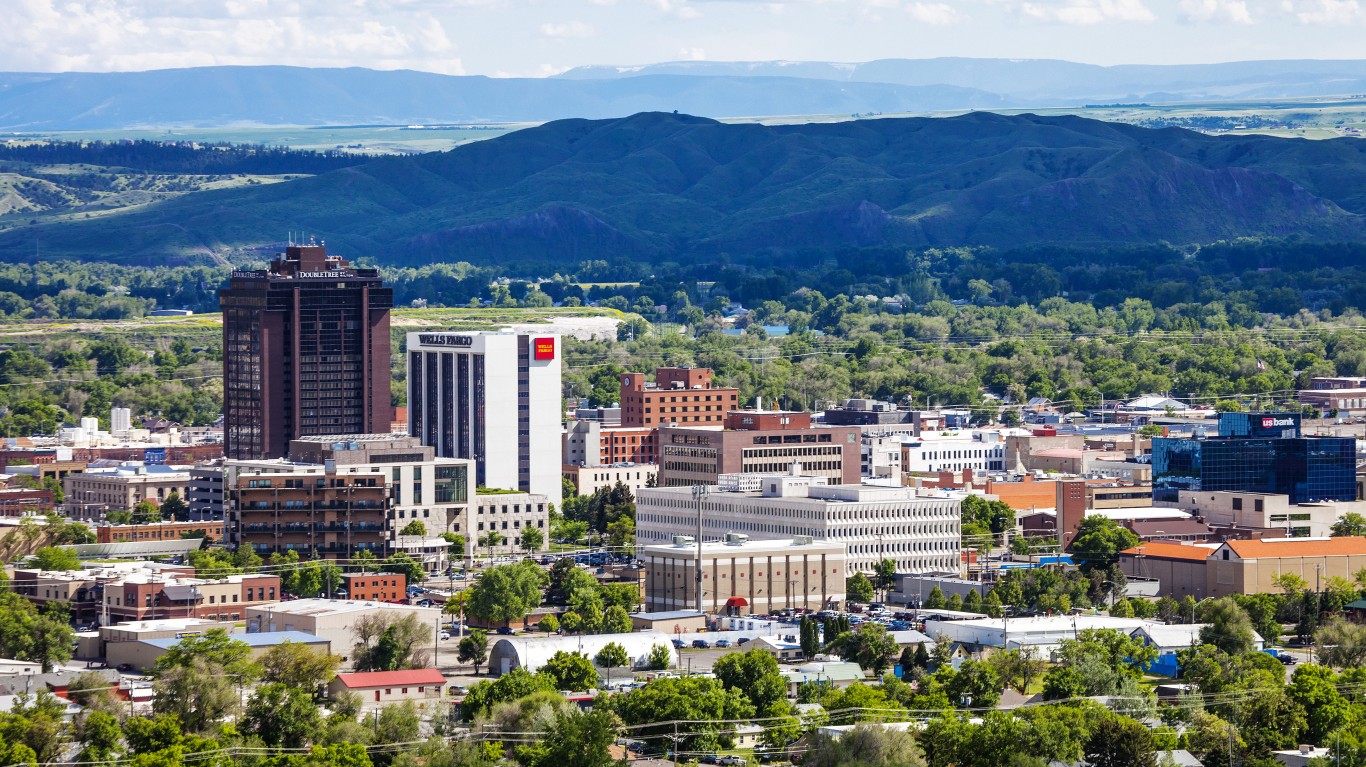
Montana
> Top 1% earn at least: $319,468 (12th lowest)
> Avg. income of top 1%: $802,220 (10th lowest)
> Median income: $26,328
> Adult bachelor’s degree attainment: 20.6%
[in-text-ad]
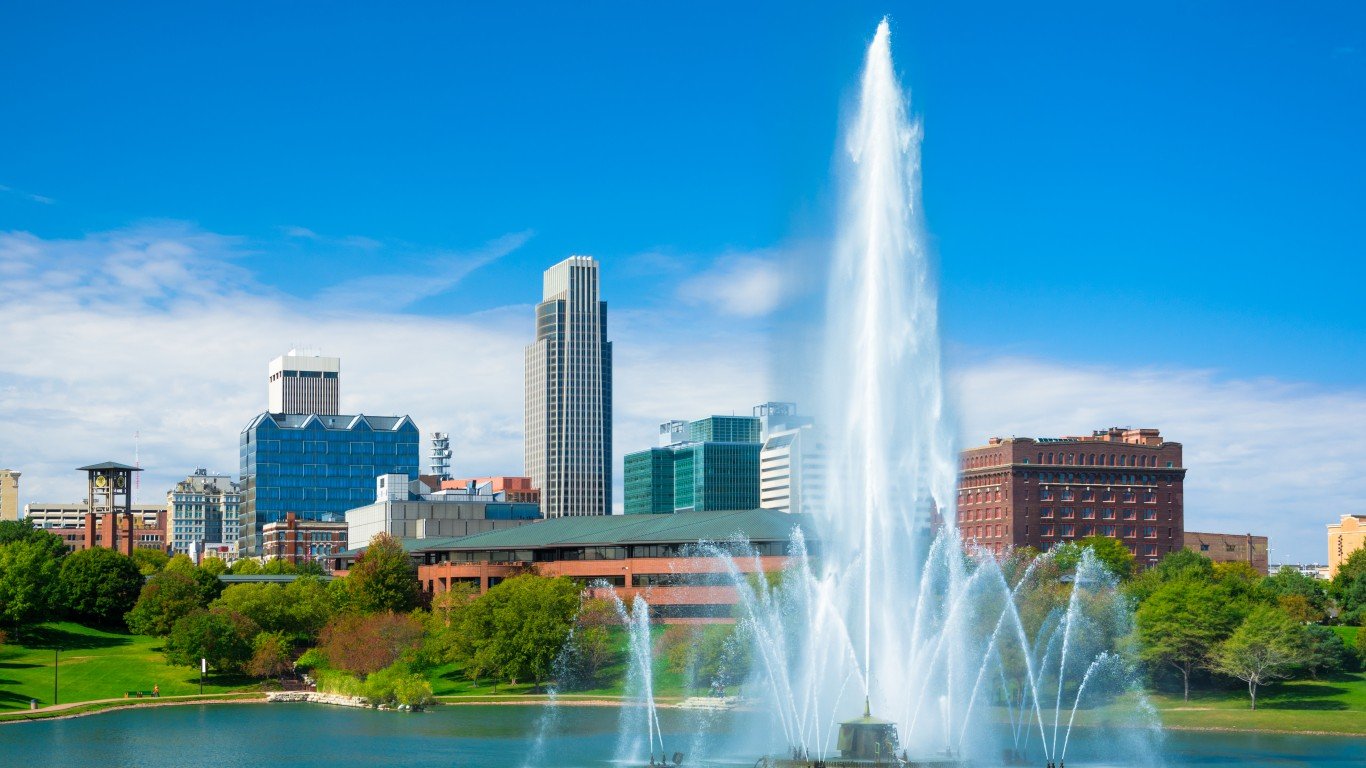
Nebraska
> Top 1% earn at least: $341,353 (20th lowest)
> Avg. income of top 1%: $894,390 (18th lowest)
> Median income: $27,782
> Adult bachelor’s degree attainment: 20.4%

Nevada
> Top 1% earn at least: $350,199 (22nd lowest)
> Avg. income of top 1%: $1,567,761 (5th highest)
> Median income: $27,162
> Adult bachelor’s degree attainment: 15.6%

New Hampshire
> Top 1% earn at least: $389,178 (14th highest)
> Avg. income of top 1%: $1,138,971 (13th highest)
> Median income: $43,522
> Adult bachelor’s degree attainment: 22.3%
[in-text-ad-2]

New Jersey
> Top 1% earn at least: $570,745 (3rd highest)
> Avg. income of top 1%: $1,509,794 (7th highest)
> Median income: $28,522
> Adult bachelor’s degree attainment: 23.4%

New Mexico
> Top 1% earn at least: $256,168 (the lowest)
> Avg. income of top 1%: $643,395 (2nd lowest)
> Median income: $25,346
> Adult bachelor’s degree attainment: 15.1%
[in-text-ad]

New York
> Top 1% earn at least: $555,569 (4th highest)
> Avg. income of top 1%: $2,058,789 (2nd highest)
> Median income: $27,190
> Adult bachelor’s degree attainment: 19.9%

North Carolina
> Top 1% earn at least: $359,624 (23rd highest)
> Avg. income of top 1%: $907,995 (20th lowest)
> Median income: $26,397
> Adult bachelor’s degree attainment: 19.2%

North Dakota
> Top 1% earn at least: $377,234 (17th highest)
> Avg. income of top 1%: $935,001 (22nd lowest)
> Median income: $43,036
> Adult bachelor’s degree attainment: 21.1%
[in-text-ad-2]

Ohio
> Top 1% earn at least: $331,200 (16th lowest)
> Avg. income of top 1%: $832,833 (15th lowest)
> Median income: $27,029
> Adult bachelor’s degree attainment: 17.0%

Oklahoma
> Top 1% earn at least: $325,824 (14th lowest)
> Avg. income of top 1%: $865,654 (16th lowest)
> Median income: $26,512
> Adult bachelor’s degree attainment: 16.6%
[in-text-ad]

Oregon
> Top 1% earn at least: $368,575 (18th highest)
> Avg. income of top 1%: $941,053 (24th lowest)
> Median income: $27,676
> Adult bachelor’s degree attainment: 20.1%

Pennsylvania
> Top 1% earn at least: $384,447 (15th highest)
> Avg. income of top 1%: $1,043,478 (19th highest)
> Median income: $27,252
> Adult bachelor’s degree attainment: 18.3%

Rhode Island
> Top 1% earn at least: $355,143 (25th highest)
> Avg. income of top 1%: $935,856 (23rd lowest)
> Median income: $27,267
> Adult bachelor’s degree attainment: 19.8%
[in-text-ad-2]

South Carolina
> Top 1% earn at least: $333,718 (17th lowest)
> Avg. income of top 1%: $822,021 (13th lowest)
> Median income: $25,944
> Adult bachelor’s degree attainment: 17.2%

South Dakota
> Top 1% earn at least: $362,205 (21st highest)
> Avg. income of top 1%: $1,056,674 (18th highest)
> Median income: $27,516
> Adult bachelor’s degree attainment: 19.5%
[in-text-ad]

Tennessee
> Top 1% earn at least: $343,980 (21st lowest)
> Avg. income of top 1%: $1,005,412 (20th highest)
> Median income: $26,091
> Adult bachelor’s degree attainment: 16.5%

Texas
> Top 1% earn at least: $404,101 (12th highest)
> Avg. income of top 1%: $1,139,760 (12th highest)
> Median income: $26,526
> Adult bachelor’s degree attainment: 18.8%

Utah
> Top 1% earn at least: $362,674 (20th highest)
> Avg. income of top 1%: $1,090,667 (16th highest)
> Median income: $27,931
> Adult bachelor’s degree attainment: 21.5%
[in-text-ad-2]

Vermont
> Top 1% earn at least: $318,783 (11th lowest)
> Avg. income of top 1%: $787,357 (7th lowest)
> Median income: $27,299
> Adult bachelor’s degree attainment: 21.8%
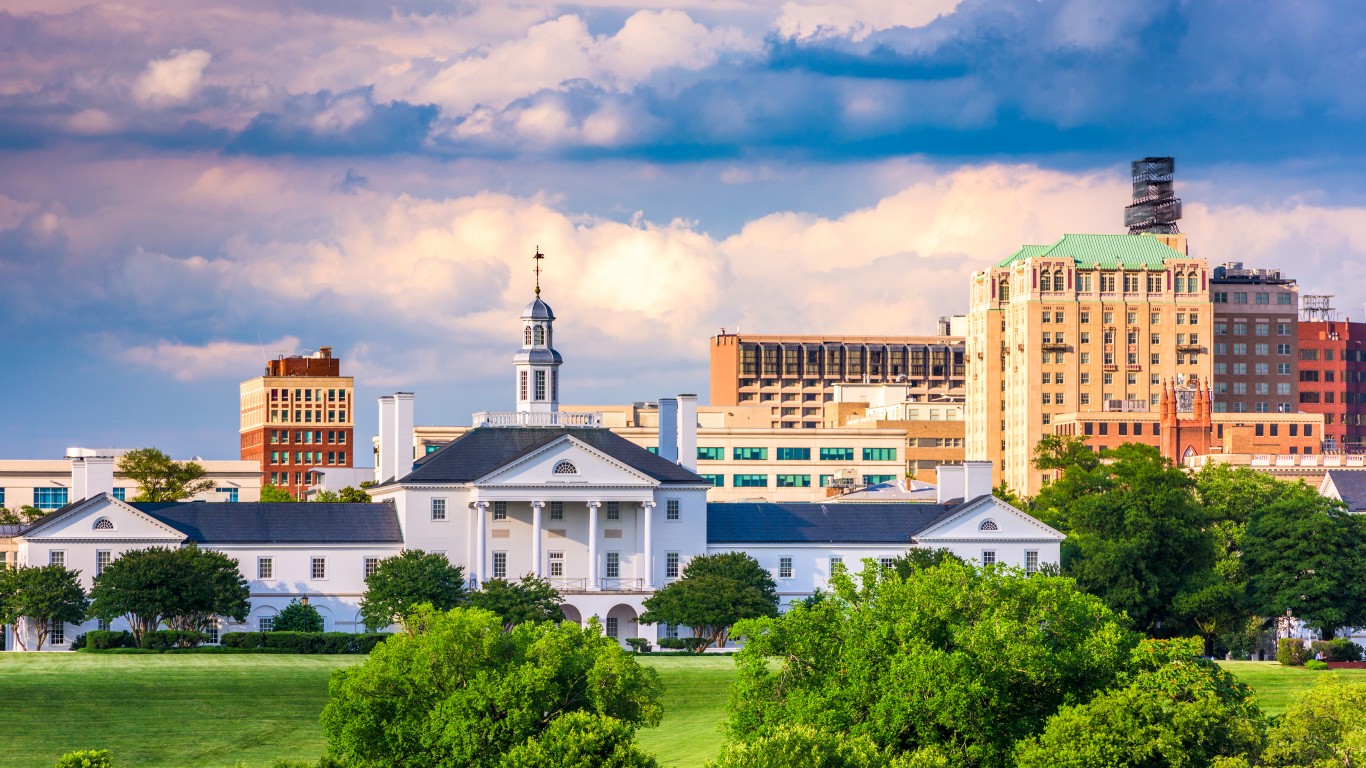
Virginia
> Top 1% earn at least: $422,484 (10th highest)
> Avg. income of top 1%: $1,073,199 (17th highest)
> Median income: $28,450
> Adult bachelor’s degree attainment: 21.5%
[in-text-ad]

Washington
> Top 1% earn at least: $453,422 (6th highest)
> Avg. income of top 1%: $1,437,517 (8th highest)
> Median income: $43,783
> Adult bachelor’s degree attainment: 21.7%

West Virginia
> Top 1% earn at least: $259,702 (2nd lowest)
> Avg. income of top 1%: $533,534 (the lowest)
> Median income: $25,557
> Adult bachelor’s degree attainment: 12.0%
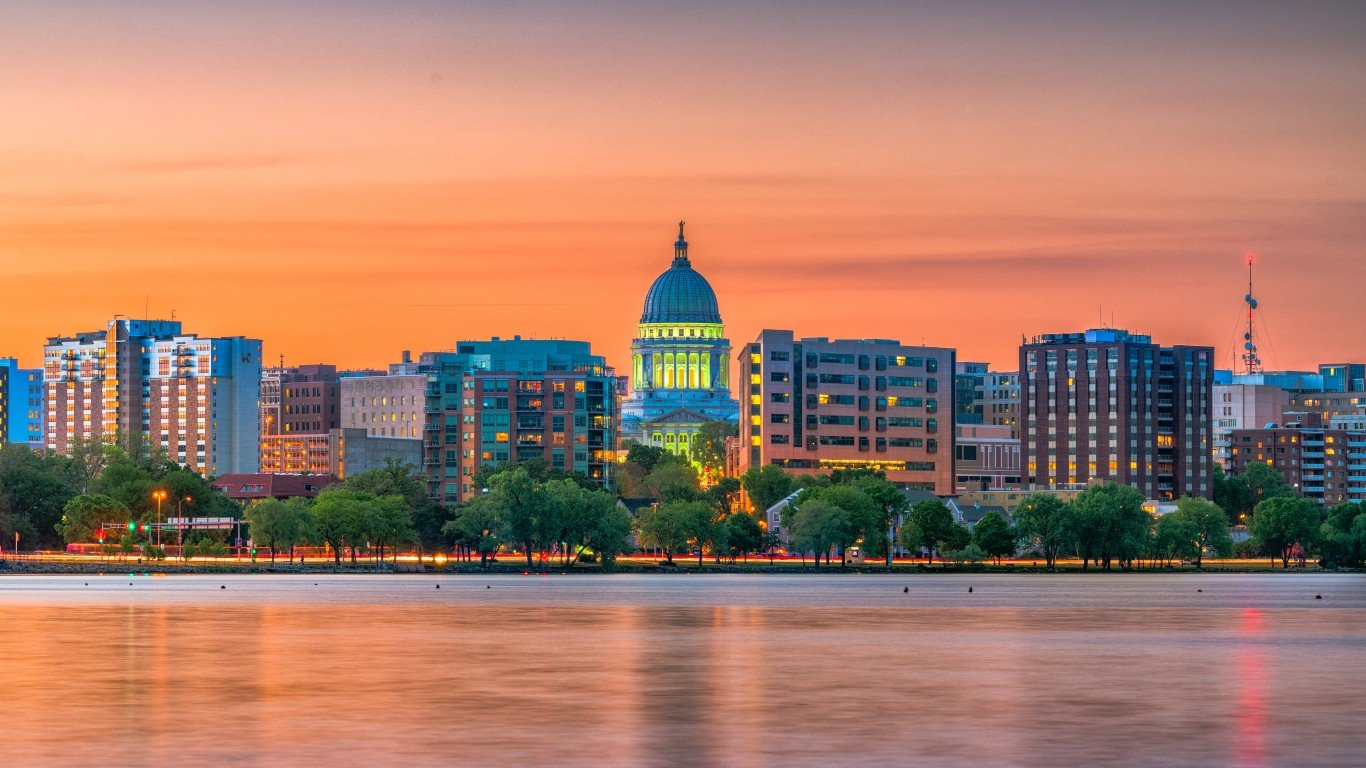
Wisconsin
> Top 1% earn at least: $338,328 (19th lowest)
> Avg. income of top 1%: $945,321 (25th highest)
> Median income: $27,639
> Adult bachelor’s degree attainment: 19.2%
[in-text-ad-2]

Wyoming
> Top 1% earn at least: $363,393 (19th highest)
> Avg. income of top 1%: $1,560,589 (6th highest)
> Median income: $28,089
> Adult bachelor’s degree attainment: 17.4%
Methodology
To identify the minimum income threshold of the top one percent of earners in each state,
24/7 Wall St. reviewed 2018 data from the Internal Revenue Service’s Statistics of Income program on the amount of income and number of taxpayers in various income brackets. From that data, we calculated income thresholds at the 50th and 99th percentiles of each state’s income distribution. All income data is for tax units, individuals filers or married couples filing jointly. College degree attainment rate came from the U.S. Census Bureau’s American Community Survey and is for 2017, the most recent year for which data was available.
Essential Tips for Investing: Sponsored
A financial advisor can help you understand the advantages and disadvantages of investment properties. Finding a qualified financial advisor doesn’t have to be hard. SmartAsset’s free tool matches you with up to three financial advisors who serve your area, and you can interview your advisor matches at no cost to decide which one is right for you. If you’re ready to find an advisor who can help you achieve your financial goals, get started now.
Investing in real estate can diversify your portfolio. But expanding your horizons may add additional costs. If you’re an investor looking to minimize expenses, consider checking out online brokerages. They often offer low investment fees, helping you maximize your profit.
Thank you for reading! Have some feedback for us?
Contact the 24/7 Wall St. editorial team.
 24/7 Wall St.
24/7 Wall St. 24/7 Wall St.
24/7 Wall St. 24/7 Wall St.
24/7 Wall St.
